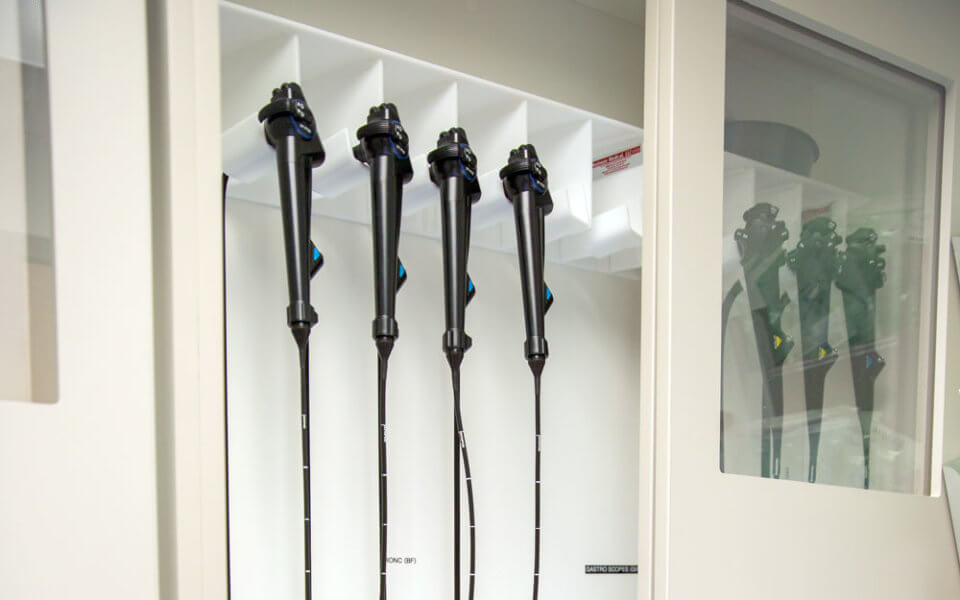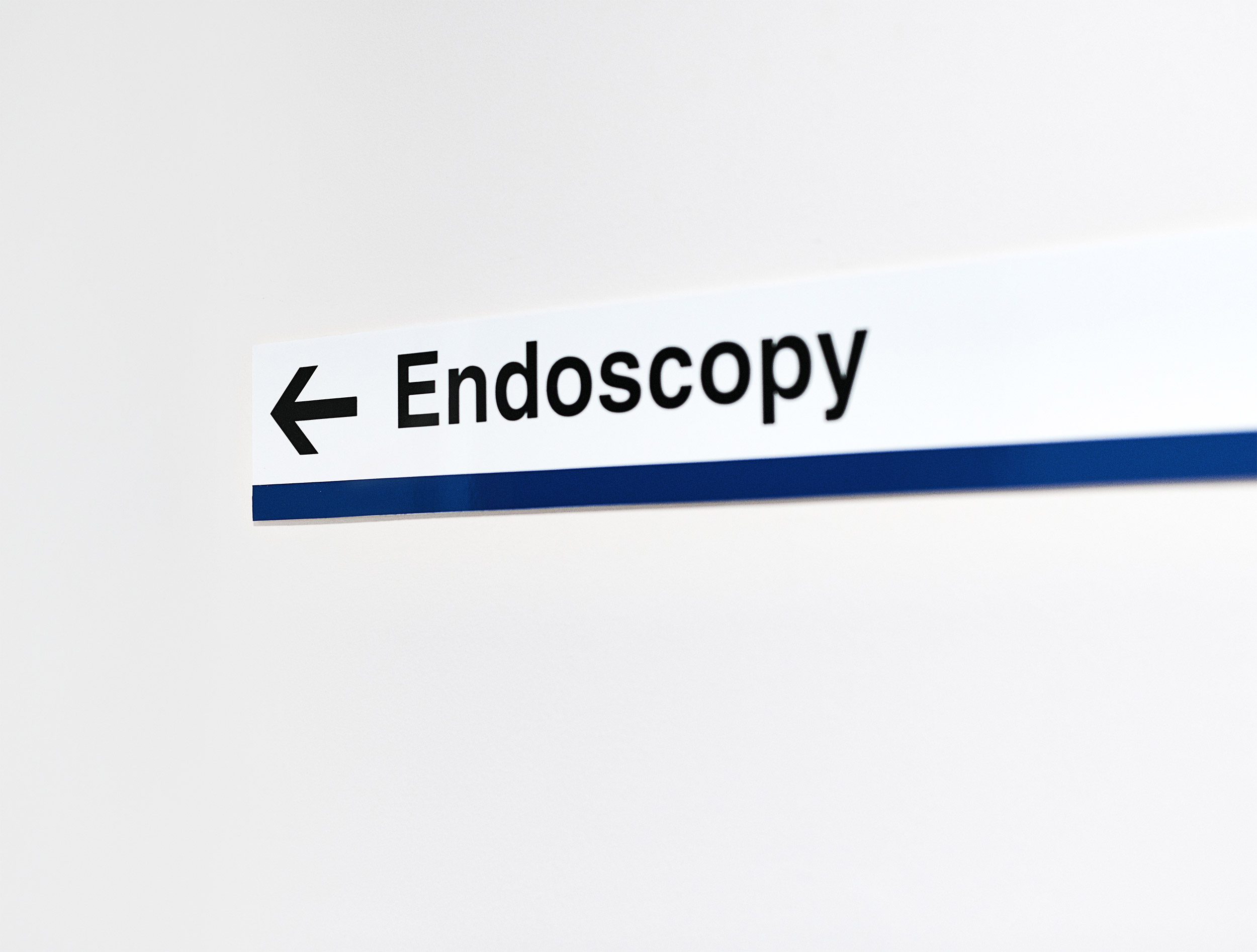
Flexible and semi-rigid endoscopes are reused every day in hospitals. Guidelines for cleaning, disinfecting and reprocessing endoscopes vary by manufacturer. Hospitals and oversight committees also offer reprocessing guidelines.
But what happens after reprocessing?
After being disinfected, endoscopes must be stored and dried properly to prevent recontamination because storing them wet fosters microbial growth—even if stored for brief periods.
While endoscope reprocessing guidelines provide a wealth of detail about cleaning and disinfection, less emphasis is placed on post-disinfection procedures. Most published guidelines suggest freshly-disinfected endoscopes be rinsed, dried and hung in storage. There are practical considerations, however, for each step.
The Society of Gastroenterology Nurses and Associates regularly outlines common steps in drying and storing endoscopes, based on multisociety guidelines. The Association for the Advancement of Medical Instrumentation, a nonprofit, also publishes processing guides that touch on endoscope drying and storage procedures.
At the federal level, the guidance is more general. “After reprocessing is complete, store endoscopes and accessories in a manner that prevents recontamination, protects the equipment from damage, and promotes drying,” writes the Healthcare Infection Control Practices Advisory Committee, a federal advisory committee to the Centers for Disease Control and the secretary of the Department of Health and Human Services.
The Joint Commission, which accredits and certifies nearly 21,000 health care organizations and programs in the U.S., has responded to concerns about limited guidance through a series of webinars and industry collaborations to validate instructions and understand practical challenges. Still, the Joint Commission indicates procedures for endoscopes post-reprocessing “will depend on the evidence-based guideline that you have chosen within your organization” and that hospital staff “follow your organizational policy and procedure.”
Despite all the information available through professional societies and the medical literature, developing endoscope drying protocols can be challenging for hospitals. Guideline variations only add to the challenge.
Hospitals must evaluate air pressure relationships, exchange rates and filtration efficiencies—and integrate these evaluations with endoscope usage rates, clinic workflow and budget constraints.
After cleaning and high-level disinfection, endoscopes must be rinsed to protect subsequent patients from chemical exposure. Rinse water presents a contamination risk as it can quickly become contaminated by pathogens persisting on the endoscope. One study tested 418 rinse water samples across 20 endoscopy units. While many samples were sterile, 60 percent contained bacteria.
The researchers’ conclusion? It may be unrealistic for hospitals to keep endoscope rinse water entirely bacteria-free.
Other studies corroborate the inherent contamination risk in rinsing endoscopes but highlight quality control measures that can reduce this risk—including proper drying techniques.
For maximum infection prevention, endoscopes should be dried after every reprocessing cycle is completed, both between patient procedures and before storage. The Centers for Medicare and Medicaid Services recommend flushing all channels with 70 percent to 90 percent ethyl or isopropyl alcohol and then drying by forced, filtered air (including the elevator mechanism).
Ethanol is not recommended for endoscope drying due to its fixative properties.
Endoscopes that remain wet pose a serious contamination risk. Many hospital outbreaks have been associated with improper drying of flexible endoscopes, including those caused by P. aeruginosa, S. marcescens, M. tuberculosis, and M. chelonae. In a three-site study of 45 “patient-ready” endoscopes, nearly half (49 percent) still had fluid in them.
Pathogens may be more likely to multiply in this moist, humid environment. Bacteria can also form biofilms if moisture remains for long periods. If left wet, even endoscopes that pass initial contamination tests may, over time, harbor a bacterial burden that renders them unusable.
Detaching removable parts—including caps and valves—allows for more complete drying, facilitating air flow into endoscope channels that are at the highest biofilm risk. For endoscopes without detachable parts, valves should be open during drying. Special consideration should be given to endoscope tip protectors, which can trap moisture and cause microbial growth.
Endoscopes should hang vertically to ensure complete drying. Some associations include provisions for horizontal drying, if the endoscope is in a cabinet specifically designed for channel drying. Endoscope manufacturers will also say whether scopes should be hung vertically or horizontally to dry—although The Joint Commission has consistently recommended vertical drying.
Drying endoscopes should hang freely, with no risk of physical damage from bumping into other scopes or surfaces. This also prevents moisture buildup at contact points.


